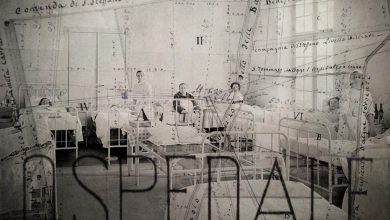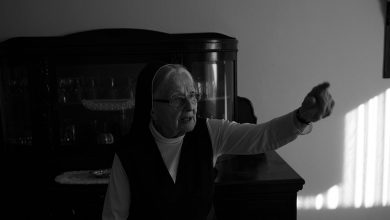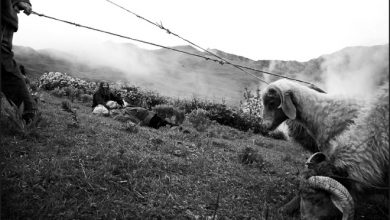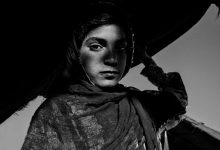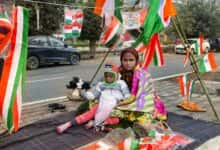
Not too far from the main touristic spots, this hidden reality is what tourists don’t wanna see and local government doesn’t wanna show. This is Bali, between ignorance and poverty in one of the most visited places on Earth. Luckily Suryani institute an ONG with just few volunteers is trying to change this trend and help the families and the patients to understand how this illness can and must be cure, not with chains but with patience, love and of course proper medicines.









Interview with Giulio Paletta
(by Anna Mola)
Anna Mola – As you explain in the introduction, tourists and local government ignore the patients suffering by mental illness. How did you get in touch with these people?
Giulio Paletta – Browsing on the internet, I found an NGO which was taking care of people suffering from mental diseases in Bali (Suryani Institute for Mental Health). I started researching and I found out that Indonesia has the highest rates of mental diseases in South-East Asia. I got in touch with Suryani Institute, explained that I wanted to know more about their activity and that I would have helped them in letting more people know about this huge problem through my pictures.
What kind of relation did you create with these persons, so deprived of any dignity?
The first reaction was, of course, of shock. Being in front of these people, deprived of any dignity, shocked me at first. It was difficult to take pictures of them while they were lying down, some of them naked, in chains, looking at me desperate. I then realized that some of them understood what I was doing and the reason I was doing it and they were looking at me asking for help. They weren’t speaking, their eyes were speaking for them. It was definitely, one of the toughest project I have ever worked on.
You used very bright colors. Don’t you think that chromaticism can take attention away from the stories in the images? I mean: isn’t there a risk to give more importance to the aesthetic outcome than to the reportage?
I personally shoot in color only. I feel my work is much better in color.
I always found that color does enrich the image but without distracting the viewer’s eyes from the subject of the picture. Bright and saturated colors give strength to the pictures, but of course if the picture’s content is not strong enough, even the best and brightest color loses its strength.
I notice that you have, in general, a not intrusive, but sober style. Did it become particularly important in this project?
Absolutely. I think this kind of style is the only one possible in this kind of project.
You need to be invisible, you need to create such a relationship between the subject and you that he understands and he is aware of your presence, but at the same time at some point he stops seeing you because he got used to your presence and he is not afraid of you. It’s only at his point that the photographer takes his best pictures.
You’re now based in Brazil and I read you travelled so much around the world. Do you think that traveling have a part in your photographic approach and research unlike those who stay in a only place?
From my own experience, I can see how important traveling has been in my personal and professional life. Exploring new worlds has given me the opportunity to know new culture and new people, which is the fundamental base of my photographic style. Basically all my work is focused on people, their traditions, culture and habits, and without all of my travels, without all the people I met all over the world, I would have never being able to develop this irresistible curiosity, to know more about people and their lives through the lens of my camera.


